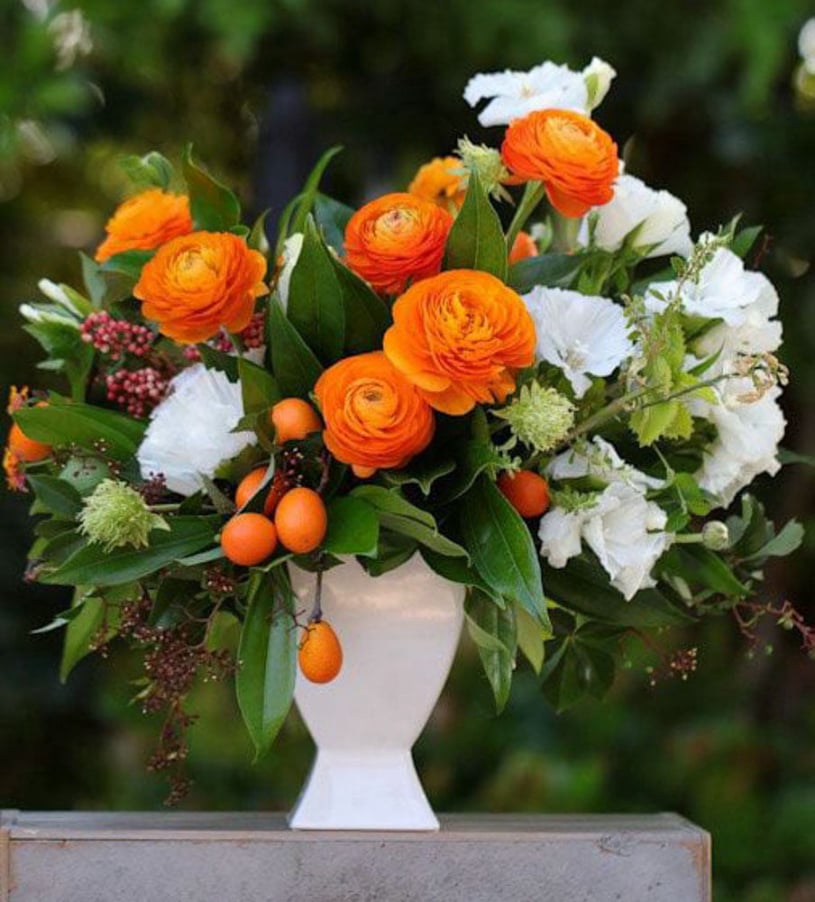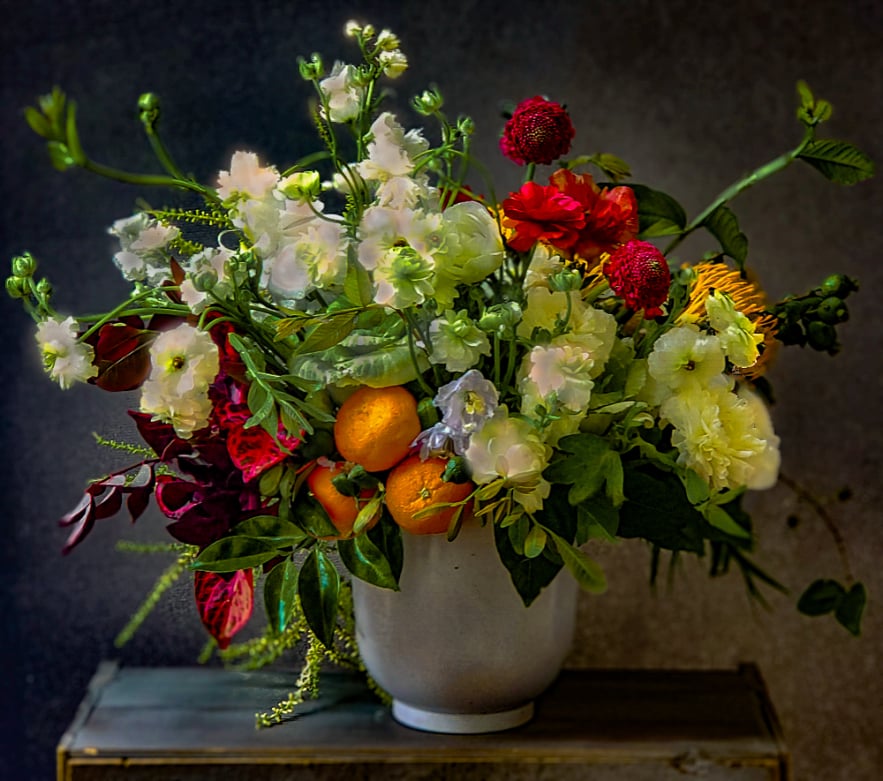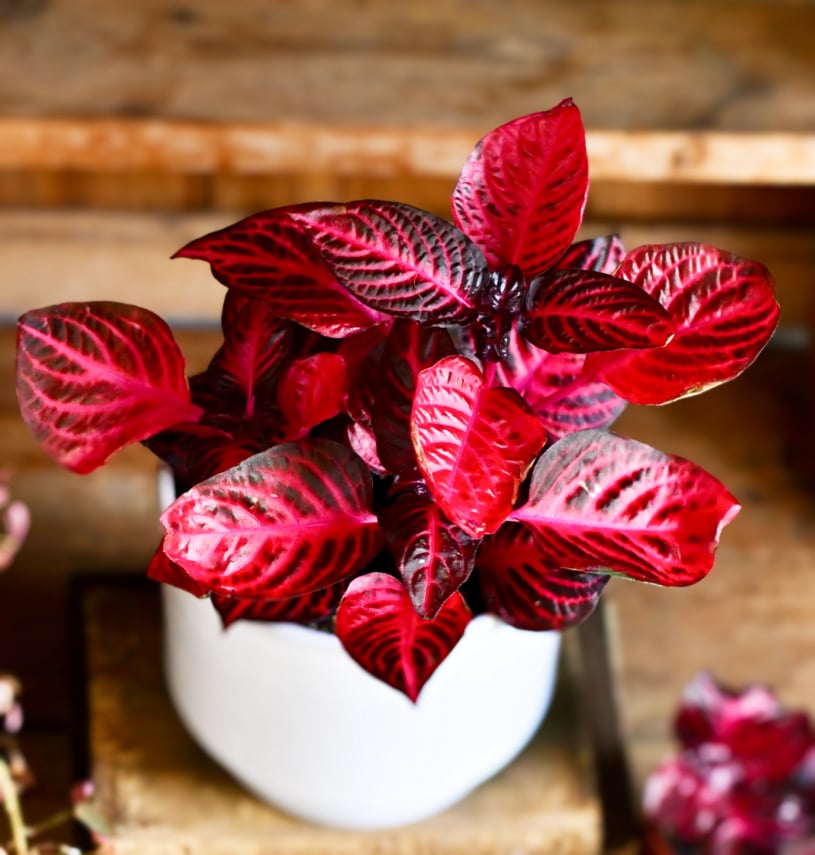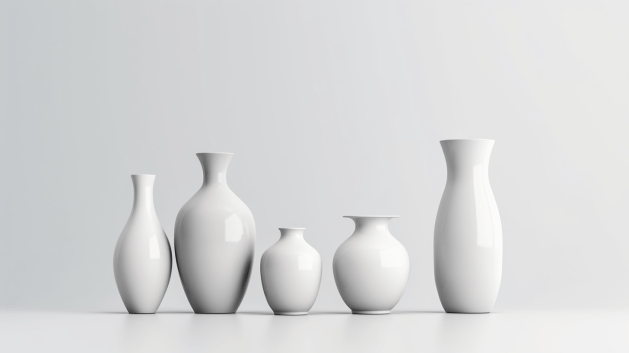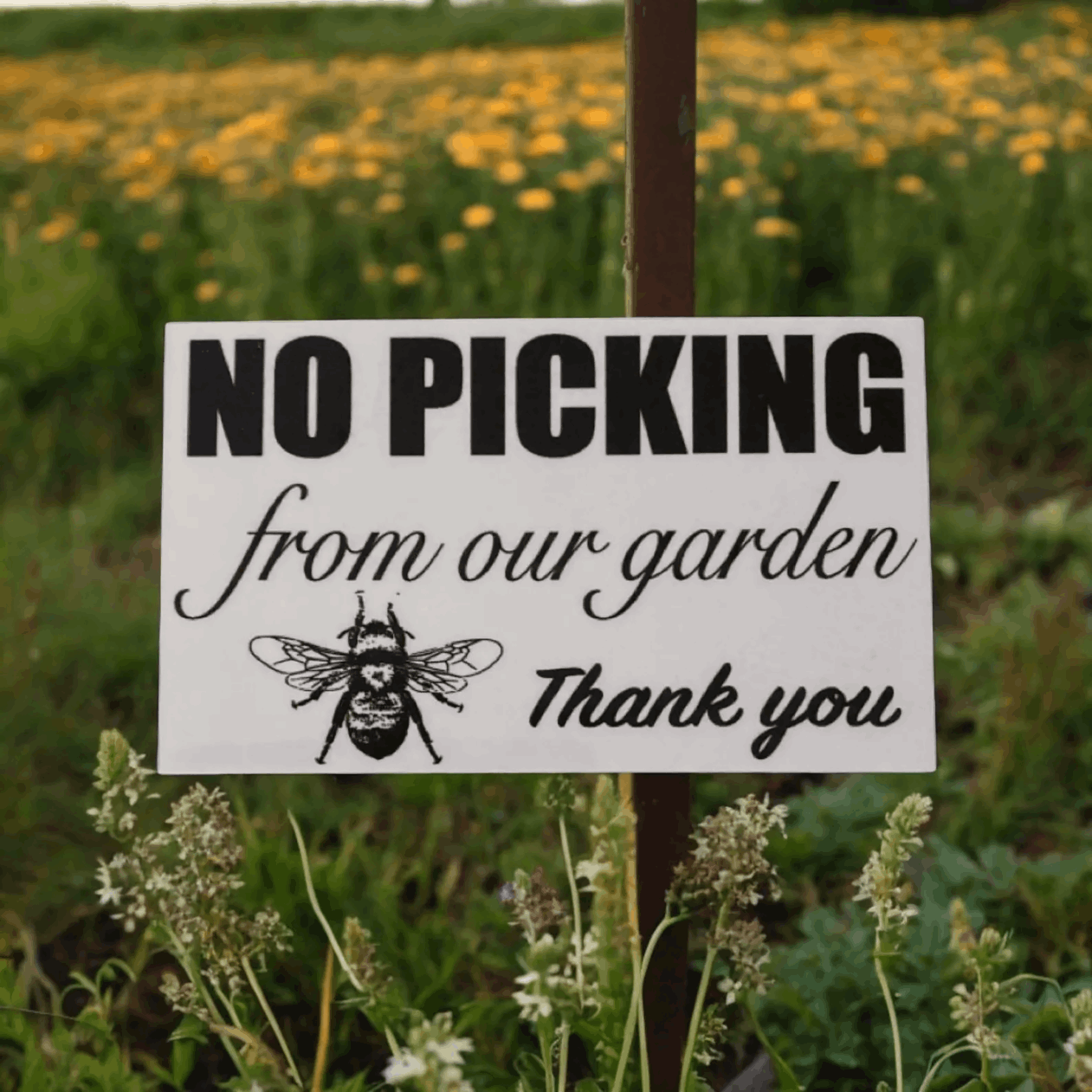Feature Foliage - BLOODLEAF
Bloodleaf is one of our favorite foliage choices for fall designs, with intense red, magenta, or purple hues that can bring an unexpected splash of color to warm autumn arrangements. This vibrant foliage can complement or contrast with various flowers, but it's best used as a transitional element, allowing a smooth shift from bright to dark tones.
The glossy, smooth leaves of bloodleaf bring a unique texture to arrangements. As a cut stem in floral arrangements, its long vase life makes bloodleaf an ideal addition to various design styles, from modern minimalism to lush, tropical looks.
Designer Tip:
Use stems from older established plants for longevity in arrangements
Caution: Store at room temperature. Do not place them in a florist cooler, they will wilt in cooler conditions
Alternate Names:
Iresine, Beetroot Plant, Red Velvet Plant, Blood Sorrel, Flame Plant, Chicken Gizzard Plant
Availability: Year round in South Florida
Substitution: Persian Shield, Purple Prince, Red Coleus, Salvia

